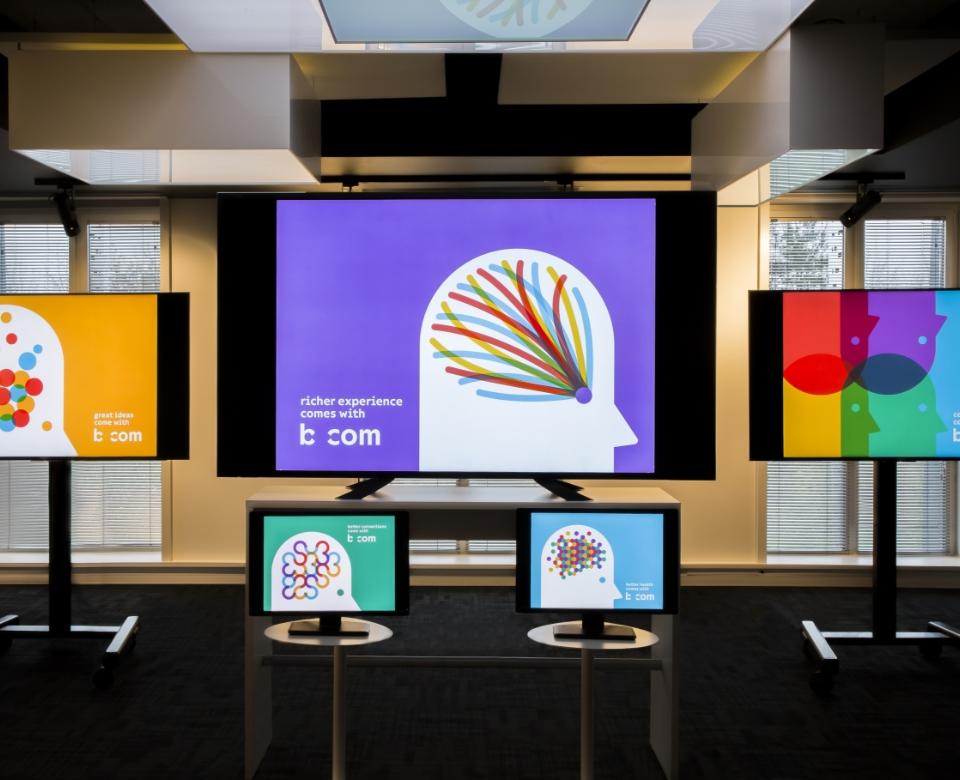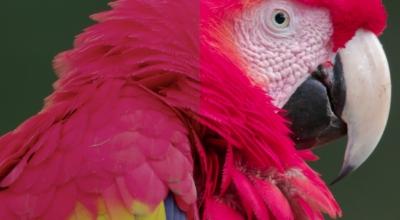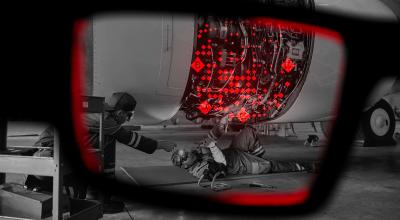02.20.2023
Compression strategies for digital holograms in biomedical and multimedia applications
While 60 years of successful application of holography is celebrated in this special issue, efficient representation and compression of holographic data has received relatively little attention in research. Notwithstanding this observation, and particularly due to the digitization that is also penetrating the holographic domain, interest is growing on how to efficiently compress holographic data…
read the publication






